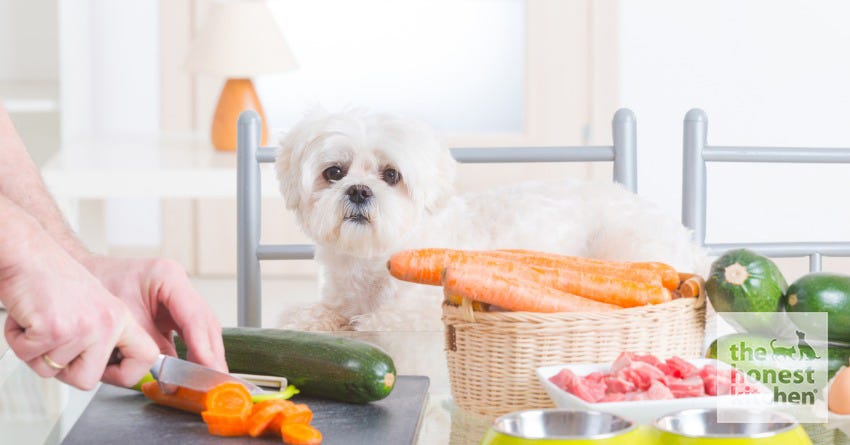Traditional Chinese Medicine - Yin and Yang of Pet Food

In Traditional Chinese Medicine and other Eastern medicinal practices, diet is used in the prevention as well as treatment of diseases or ailments.
The philosophies used are very different than the approaches used by Westerner practitioners. This subject can be very deep and complicated, and further learning about, and investigation of, Eastern practices is necessary to get a full grasp of the subject. Cheryl Schwartz’s book, Four Paws, Five Directions is a fantastic resource if you want to learn more about this fascinating topic. In TCM (Traditional Chinese Medicine), foods are regarded as an extension of medicinal herbs, and not a source of calories and chemical compounds like protein, fat, and minerals. Foods are considered from the perspective of how they influence the body as a whole: blood, fluid, individual organs and a body’s Qi (life force). A core concept of TCM is balance. Each Food has yin or yang properties to consider, and each food has a yin (cool, damp) and a yang ( hot, dry) constitution. A diet should be designed to help heal, not create further imbalance.Food Categories
- Direction – does the food influence qi, blood, or fluid upward, downward, inward, or outward
- Flavors – sweet (help digestion), sour (astringent/ drying) , pungent (spicy/ stimulate circulation, ie garlic), salty (soften) and bitter- (aid digestion)
- Meridians how the food affects specific organs: spleen/ pancreas/ stomach (warming foods), lung/ large intestine (moistening foods), kidney/ urinary bladder (sweet), liver/ gall bladder (cooling foods)
- Temperature which has to do with the way you feel after you have eaten – cooling, warming, hot, and neutral
- Spring/ summer (cleansing)
- Fall/ winter (warming/ nourishing).
- Cooling meats: duck, pork, egg
- Cooling grains: millet, barley,wheat
- Cooling vegetables: celery, broccoli, spinach, napa cabbage
- Warming meats: chicken, lamb, shrimp
- Warming grains: oats, quinoa, safflower
- Warming vegetables: squash, peppers, sweet potatoes, green beans


